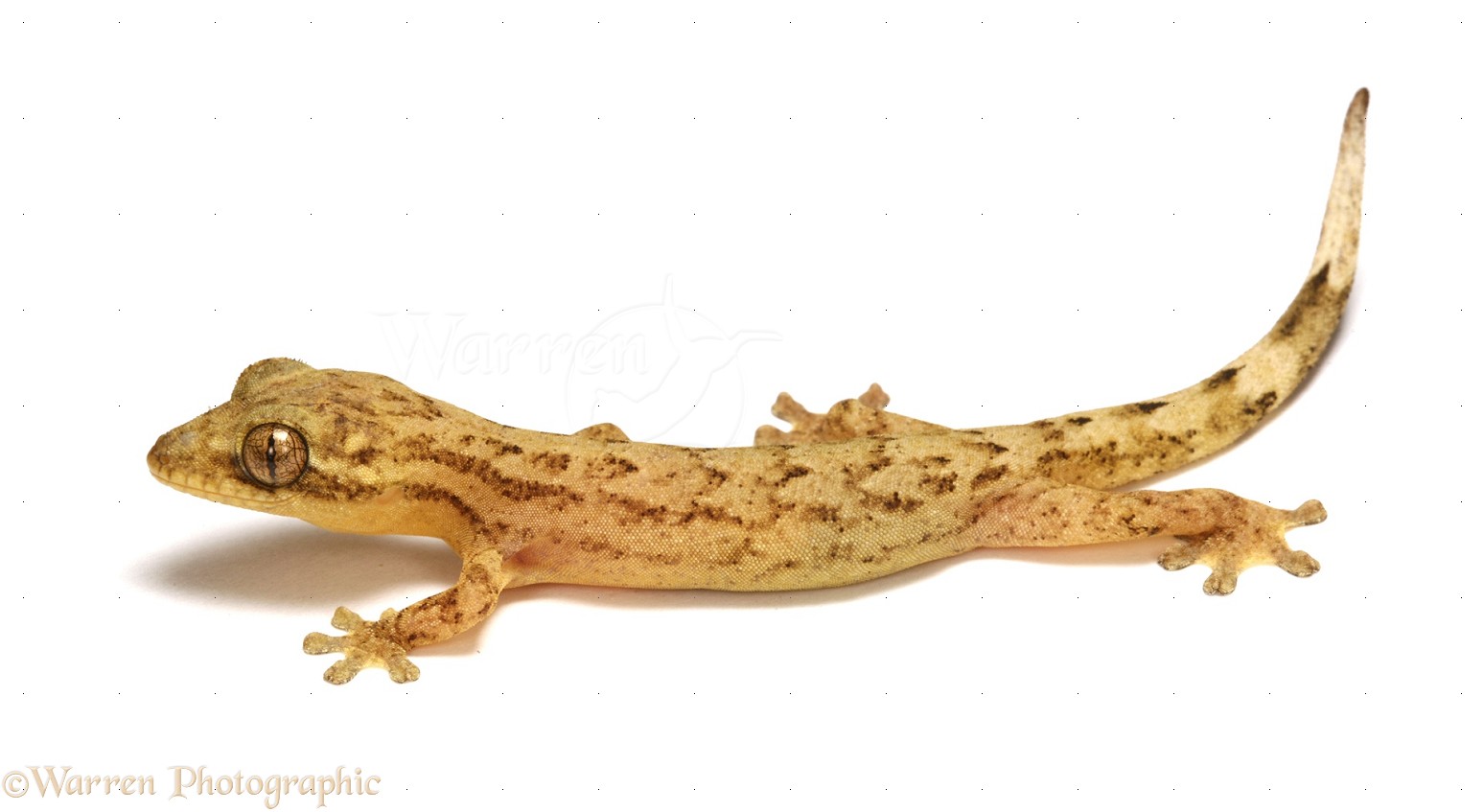Table Of Content

However, they have shown remarkable resilience in adapting to urban landscapes, where they find ample food sources and shelter in human dwellings. House geckos are highly adaptable reptiles that are commonly found in warm climates around the world. They have successfully colonized urban areas, where they inhabit buildings, walls, ceilings, and other man-made structures. While they are native to regions such as the Mediterranean, house geckos have been introduced to many parts of Asia, Africa, the Americas, and Oceania. Most reptile experts recommend keeping a small bowl of water in the habitat.

Baby Gecko Size

These animals primarily feed on a range of invertebrates but may also consume smaller geckoes. Common House Geckos are enchanting reptiles that offer a unique and delightful pet-keeping experience. Their adaptability, low maintenance, and fascinating behaviors make them a wonderful choice for both beginner and experienced reptile enthusiasts.
Diet
If possible, arrange to watch the animal eat to ensure it has a healthy appetite before taking it on as your pet. It is easier to prevent geckos from entering your home than it is to get them out. It applies especially if your home has a good supply of food and the right temperatures for them to thrive in. When feeding your gecko, you should be careful to select slightly smaller insects than the gecko’s head to enable them to swallow their food properly.
Turkish (Mediterranean) House Gecko Outdoor Alabama - Outdoor Alabama
Turkish (Mediterranean) House Gecko Outdoor Alabama.
Posted: Thu, 12 Apr 2018 16:58:47 GMT [source]
Different Species
Adults are highly protective of prime feeding spots near lights. Their most distinctive vocalization is a 'chuck, chuck, chuck,' call. These animals have been introduced to a number of countries and islands globally. Globally they are now found in North America, South America, Africa and Australia. Instead they are continuing to expand their population and range by stowing away in cargo.
For a single gecko, you should aim for a tank with the dimensions 18″ H x 12″ L x 12″ W at the very least. This is because they need plenty of verticle height to climb just as they would in the wild. Additionally, you should clean the tank at least once a month for general hygiene reasons and protect your gecko’s health. Common house geckos tend to grow to a maximum size of around 5 inches, as is seen with Mediterranean house geckos and Asian geckos. When it comes to their behavior, Common House Geckos are nocturnal creatures, most active during the evening and night. Their friendly and non-aggressive temperament makes them suitable pets, even for beginners in reptile husbandry.
Nature Notes A tale of two geckos Features kdminer.com - Kdminer
Nature Notes A tale of two geckos Features kdminer.com.
Posted: Sat, 30 Sep 2023 07:00:00 GMT [source]
These geckos are nocturnal; hiding during the day and foraging for insects at night. They can be seen climbing walls of houses and other buildings in search of insects attracted to porch lights, and are immediately recognisable by their characteristic chirping. Since they are carnivorous you need to provide live insects for food, although when you fist capture or buy them they might not eat for two or three days (due to stress). Either crickets and mealworms purchased at a pet store or live bugs caught around the house. Too large of a cricket can actually bite and wound a gecko. Found in Australia and parts of Southeast Asia, this species is smaller in size compared to other house geckos.
House Geckos in Captivity[edit edit source]
Provide heat for your gecko by imitating the sun with a halogen heat lamp placed on one side of the enclosure. House geckos are extremely adaptable and hardy, which makes them fairly easy to care for. However, it’s important to keep them in a particularly secure enclosure so they can’t escape and potentially invade your local ecosystem. With good care, they can be expected to live up to 9 years. In order to offset the symptoms of MBD, the gecko needs to be fed a corrected diet containing the appropriate nutrients and vitamins. They may also need a change of environment for them to be able to synthesize their new supplemented diet more easily.
Choosing Your Pet Gecko
It is important to eliminate as many of these harborages as practical by sealing with silicon caulks or expanding foam sealers. They are certainly most common in the southern United States, from North Carolina to Florida westward through the desert southwest into California. Outside of the southern US, geckos are found in many central and northern US states, including in towns where one might think that prolonged cold winters would keep geckos away. Remember, prolonged cold winters aren’t so cold if you are under a house or in a garage.
What Is a Common House Gecko?
House geckos like to live in a moderately high humidity environment of 60-75% humidity. Humidity should be measured via digital probe hygrometer, with the probe placed in the middle of the terrarium. Halogen bulbs are the best way to imitate the warmth of sunlight indoors, and considered to be a superior form of reptile heating by experts. Do not use ceramic heat emitters (CHEs), red bulbs, or blue bulbs, as these are not as effective.
There should be a cooler area on the opposite side of the enclosure that stays between 75-85°F. These animals will often be seen near lights where they will seek out the insects that these attract. These animals are carnivores and will feed on insects and smaller lizards.
They’re pretty easy to take care of and are surprisingly peaceful. The common house gecko is covered by a coating of grey and brown scales. In some individuals a dark stripe is present behind the eye. Their coloration is highly variable and helps to provide camouflage with their habitat.
These hardy little lizards are named after their propensity to hide and live indoors, making them ideal pets for an enclosure in your home. House geckos live an average of five to ten years, but you can take steps to care for your gecko properly and ensure she has a long life. Diving into the physical allure of the Common House Gecko, these creatures boast a modest size, typically reaching around cm (4–6 inches) in length. Their small stature is complemented by their incredible climbing abilities, allowing them to effortlessly navigate walls and ceilings, adding a fascinating dynamic to their observation. Originating from warm, tropical regions, they have evolved to be versatile inhabitants, often found coexisting in human dwellings and buildings.

No comments:
Post a Comment